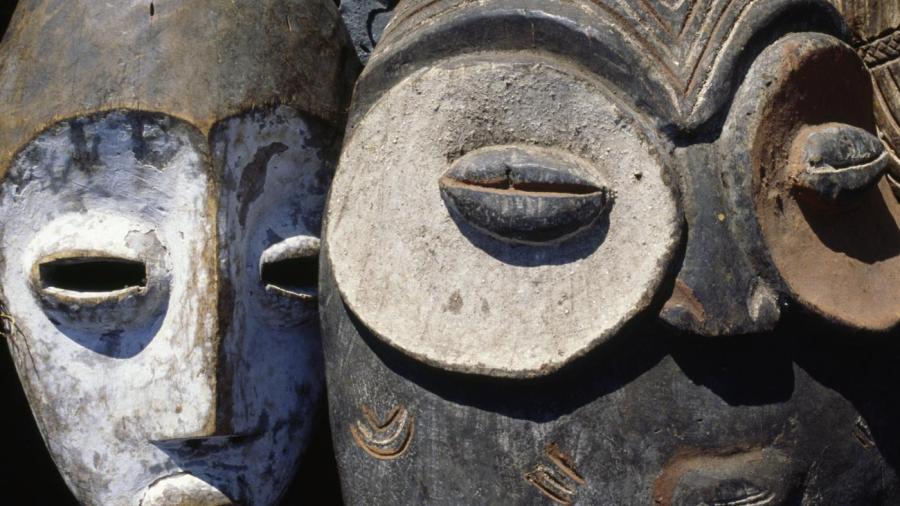What Does the Goma Mask Represent?

The Goma mask represented the spirit of an ancestor, and any member of the tribe who wore it was believed to have been possessed by the ancestor. The Goma mask features an elongated crafting style with a dome at the top. This mask was produced by the people who lived in what is now the Democratic Republic of the Congo near Lake Tanganyika.
As a tribal and ceremonial mask, the Goma mask also had a series of patterns and shapes which were carved into the face and forehead area. Like most traditional African masks, the Goma mask can be made from a combination of various materials, such as various types of wood, metal, fabric and leather.
African masks were used during special occasions in the local culture and worn only by initiated or chosen dancers. Masks were worn during celebrations, crop harvest, troubled times and certain initiations. There are also three traditional ways in which an African mask is worn. Masks could be worn encasing the entire head, as a crest resting on top of the head or as a cover to the face.
African masks, the Goma mask included, were crafted by master carvers who would pass down their art to an apprentice.





